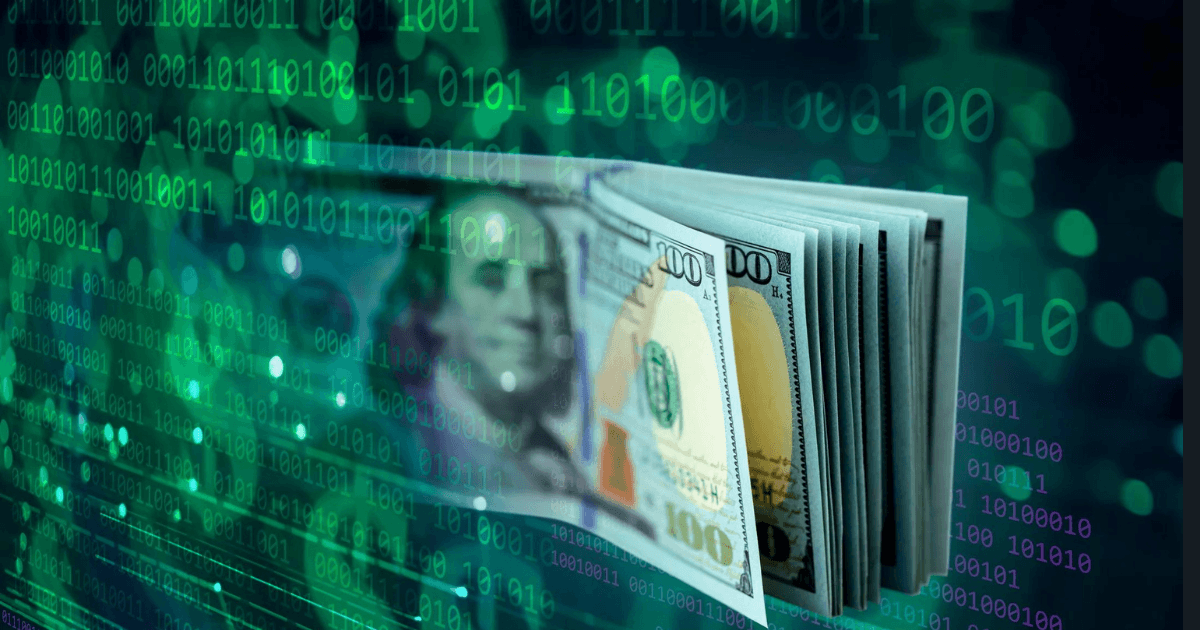Unleashing Virtual Currency: The Digital Yuan’s Revolutionary Impact

The world of currency is undergoing a profound transformation with the advent of digital currencies. Among the pioneers of this revolution is China, with its ambitious project, the Digital Yuan, also known as e-CNY. In this article, we will delve deep into the Digital Yuan’s development, workings, implications, and its relevance in this evolving financial landscape. Explore more about Digital Yuan and fundamentals of investing at https://yuanglobalrevolution.com/, which is a bridge between investors and premium education institutions.
The Genesis of the Digital Yuan
China’s journey towards a digital currency began long before the concept of Central Bank Digital Currencies (CBDCs) gained global attention. In the early 2010s, China’s central bank, the People’s Bank of China (PBOC), initiated research on digital currencies. This was accelerated by the rise of cryptocurrencies like Bitcoin, prompting China to explore the possibilities of a state-controlled digital currency.
By 2014, the PBOC had formed a dedicated research team, laying the groundwork for the Digital Yuan. This research culminated in the issuance of a pilot digital currency in 2020. Since then, the Digital Yuan has been on an evolutionary path, reaching various milestones.
Understanding the Digital Yuan
The Digital Yuan is a digital version of China’s official currency, the Renminbi (RMB), issued and regulated by the PBOC. It operates on a blockchain-based infrastructure, ensuring transparency, security, and traceability. Unlike cryptocurrencies like Bitcoin, e-CNY is centralized, giving the central bank full control over issuance and regulation.
The primary purpose of the Digital Yuan is to facilitate secure and efficient digital transactions, replacing physical cash. It aims to enhance financial inclusion, reduce counterfeiting, and combat the shadow economy.
The Digital Yuan in Practice
China has been conducting pilot programs of the Digital Yuan in various cities, including Shenzhen, Suzhou, and Beijing. These trials allow residents to download digital wallets and use e-CNY for everyday transactions, such as shopping and transportation.
The use cases for e-CNY extend beyond domestic transactions. It has the potential to streamline cross-border trade, simplifying transactions with international partners. Additionally, it could reduce the reliance on the US dollar as the global reserve currency.
Digital Yuan vs. Traditional Currency
One of the key distinctions between the Digital Yuan and traditional currency lies in its form. While physical cash can be held and exchanged physically, e-CNY exists only in digital form. This shift raises concerns about security and privacy, as digital assets are vulnerable to cyberattacks and surveillance.
To address these concerns, the PBOC has implemented robust security measures, including encryption and multi-factor authentication. However, these measures also raise questions about the level of control the government can exert over individuals’ financial activities.
Global Perspectives on the Digital Yuan
The introduction of the Digital Yuan has elicited diverse responses from central banks globally. Many nations see it as a potential blueprint for their own Central Bank Digital Currencies (CBDCs), recognizing its technological advancements. However, others express apprehension regarding the growing influence of the Chinese currency in international trade. The Digital Yuan’s capacity to potentially disrupt the supremacy of the US dollar should not be underestimated. With its increasing acceptance on the global stage, it has the potential to diminish the dollar’s predominance in international financial transactions, thereby enhancing China’s economic influence.
The Future of Digital Currency
The future of digital currencies, including the Digital Yuan, is shrouded in uncertainty. While e-CNY has the potential to transform how we transact and store value, its widespread adoption depends on various factors, including regulatory decisions, international cooperation, and public acceptance.
One possible scenario is the coexistence of various digital currencies issued by different central banks, creating a complex financial landscape. Alternatively, a dominant digital currency, such as the Digital Yuan, could reshape the global financial system as we know it.
Conclusion
In conclusion, the Digital Yuan, China’s Central Bank Digital Currency (CBDC), stands as a pivotal milestone in the global transformation of currency. With its blockchain-based infrastructure and ambitious goals, it not only promises to revolutionize domestic transactions but also has the potential to reshape the international financial landscape. As central banks worldwide grapple with the rise of digital currencies, the Digital Yuan’s journey underscores the need for vigilance, adaptability, and a thorough understanding of the evolving virtual cash landscape. The world is on the brink of a new era in finance, and the Digital Yuan is leading the way.
Source: Glusea
You Might Also Like

Google’s newest AI model is designed to help study dolphin ‘speech’
Source: Tech Crunch Google’s AI research lab, Google DeepMind, says that it has created an AI model that can help decipher dolphin vocalizations, supporting research efforts to better understand how dolphins communicate. The model, called DolphinGemma, was trained using data from the Wild Dolphin Project (WDP), a nonprofit that studies Atlantic spotted dolphins and their behaviors. Built […]

AI’s Role In Propelling Township Economies Forward
Access to the internet remains a significant barrier for many informal sectors in South Africa. As artificial intelligence (AI) becomes more prevalent, township economies cannot afford to fall behind. Jo Griffiths, founder of Global Innovation Initiative Group that specializes in funding and fostering innovation across Africa, emphasizes that AI could be a game-changer to revolutionize […]

AI Models are Still Not Perfect with Debugging Code According to Microsoft
Source: Tech Crunch AI models from OpenAI, Anthropic, and other top AI labs are increasingly being used to assist with programming tasks. Google CEO Sundar Pichai said in October that 25% of new code at the company is generated by AI, and Meta CEO Mark Zuckerberg has expressed ambitions to widely deploy AI coding models within the social media […]

Crypto News Summary for the first Week of February 2025
Bitcoin’s Volatility: This week, Bitcoin (BTC) experienced significant volatility, dropping to $96,000 after reaching an all-time high of $109,000 in January. The decline has been attributed to several factors including U.S. President Donald Trump’s tariff policies affecting trade with China, Canada, and Mexico. Analysts from Coinpedia suggest that despite the dip, Bitcoin might see a […]








